
Replacing the tie rod end on a BMW 125d F20 involves several steps and requires specific tools. click here for more details on the download manual…..
- Our 125D is broken! Post track day update! After just one track day at Donnington Park, we take a look under the bonnet of the MINI and 125D… It’s not good news! 125D …
- What’s the Best BMW Engine of All Time? #shorts Asking BMW dealership employees what the best BMW engine of all time is! #bmw #bmwusa #bmwm #_bmwgram_ #bmwgram …
The tie rod end is a critical component of the steering system, connecting the steering rack to the steering knuckle. Here’s a detailed guide on how to perform the replacement, including descriptions of the components involved.
### Tools and Materials Needed
1. **Tools:**
– Jack and jack stands or a hydraulic lift
– Wheel chocks
– Lug wrench
– Socket set (including 10mm, 13mm, 16mm sockets)
– Torque wrench
– Ball joint separator or pickle fork
– Pliers
– Hammer
– Wrench set (including adjustable wrenches)
– Measuring tape or caliper
– Steering wheel lock (optional, to maintain alignment)
– Safety goggles and gloves
2. **Replacement Parts:**
– OEM tie rod end (ensure it’s the correct part for BMW 125d F20)
– Cotter pin (if applicable)
– Grease (if not pre-greased)
– Thread locker (optional)
### Step-by-Step Replacement
#### 1. Preparation
**Safety First:**
– Park the vehicle on a flat surface and set the handbrake.
– Use wheel chocks to prevent the vehicle from rolling.
**Lift the Vehicle:**
– Loosen the lug nuts on the front wheel where you’ll be replacing the tie rod end.
– Use a jack to lift the vehicle and then secure it with jack stands.
– Remove the front wheel using the lug wrench.
#### 2. Locate the Tie Rod End
– The tie rod end is located at the outer end of the tie rod, connecting to the steering knuckle.
– inspect the tie rod end for any signs of wear, such as play or torn boots.
#### 3. Removing the Old Tie Rod End
**1. Disconnect the Tie Rod End:**
– Locate the nut securing the tie rod end to the steering knuckle.
– Use a socket and ratchet to remove this nut. If it’s tight, apply penetrating oil to help loosen it.
– Once the nut is removed, use a ball joint separator or pickle fork to separate the tie rod end from the steering knuckle. Be careful not to damage the knuckle or other components.
**2. Remove the Tie Rod End from the Inner Tie Rod:**
– Locate the jam nut that secures the tie rod end to the inner tie rod.
– Use two wrenches (one to hold the inner tie rod and the other to loosen the jam nut) to unscrew the jam nut.
– Once the jam nut is loose, unscrew the tie rod end from the inner tie rod. Count the number of turns or measure the length of the tie rod end for easier installation of the new part.
#### 4. Installing the New Tie Rod End
**1. Thread the New Tie Rod End:**
– Take the new OEM tie rod end and thread it onto the inner tie rod, using the same number of turns as you noted during removal.
– Tighten the jam nut against the inner tie rod to secure the tie rod end in place.
**2. Connect to the Steering Knuckle:**
– Insert the new tie rod end into the steering knuckle.
– Reinstall the nut that holds the tie rod end to the knuckle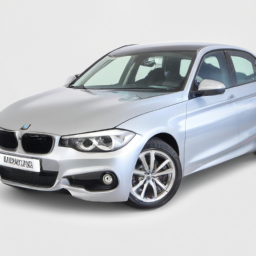 and tighten it securely.
and tighten it securely.
#### 5. Finalizing the Installation
**1. Torque Specifications:**
– Use a torque wrench to tighten the tie rod end nut to the manufacturer’s specifications (typically found in the service manual).
**2. Reattach the Wheel:**
– Replace the wheel and hand-tighten the lug nuts.
– Lower the vehicle from the jack stands and then fully tighten the lug nuts in a crisscross pattern.
#### 6. Alignment Check
– Since the tie rod end is part of the steering system, it’s crucial to have the vehicle’s alignment checked after replacing the tie rod end. This ensures proper handling and tire wear.
### Conclusion
Replacing the tie rod end on a BMW 125d F20 requires careful attention to detail and proper torque specifications. It’s important to use OEM parts to maintain the integrity of the vehicle’s steering system. After performing the replacement, always check and adjust the wheel alignment to ensure optimal performance and safety. If you’re uncertain about any step, consult a professional mechanic or refer to the vehicle’s service manual for guidance.
A hubcap, also known as a wheel cover, is a decorative component that covers the hub of a wheel, serving both aesthetic and functional purposes. Typically made from materials such as plastic, aluminum, or chrome, hubcaps come in various designs and sizes to fit different types of vehicles, enhancing their overall appearance. They are particularly popular in the automotive industry for passenger cars, trucks, and some racing vehicles.
Functionally, hubcaps help protect the wheel’s central components, including the lug nuts, which secure the wheel to the vehicle. By covering these parts, hubcaps can prevent dirt, debris, and moisture from accumulating, which could lead to rust or corrosion over time. In addition, hubcaps can contribute to aerodynamic efficiency, reducing drag and improving fuel economy when designed with streamlined shapes.
Furthermore, hubcaps can serve as a cost-effective way for manufacturers to reduce production costs By using simpler wheel designs. They also allow for easy replacement or customization, as drivers can switch out hubcaps to reflect their personal style or to match new wheels after an upgrade or repair.
While some vehicles come equipped with full wheel covers that encapsulate the entire wheel, others feature more minimalist designs that only cover the central hub area. Overall, hubcaps play a vital role in both the functionality and aesthetics of a vehicle’s wheels.
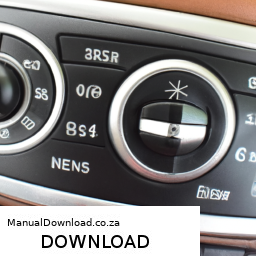
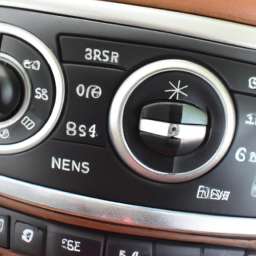 and tighten it to the specified torque.
and tighten it to the specified torque.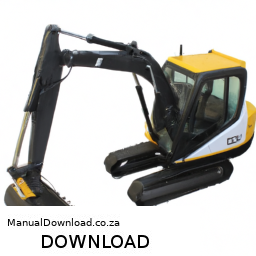
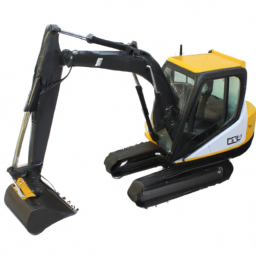 and that the windshield is properly seated.
and that the windshield is properly seated.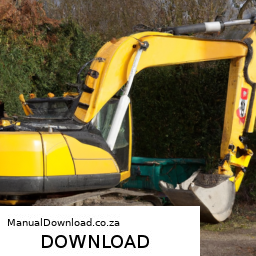
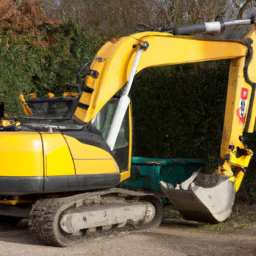 and that any seals or gaskets are replaced as needed.
and that any seals or gaskets are replaced as needed.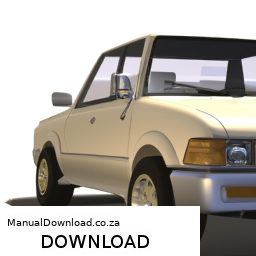
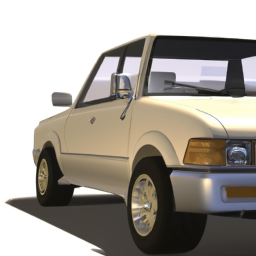 and components are tightened to the manufacturer’s specifications using a torque wrench.
and components are tightened to the manufacturer’s specifications using a torque wrench.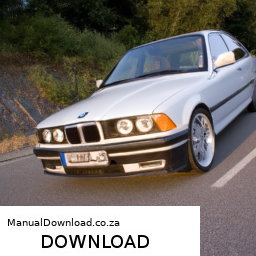
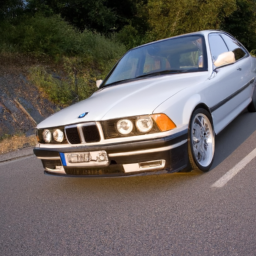 and bolt it down securely.
and bolt it down securely.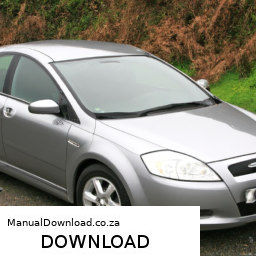
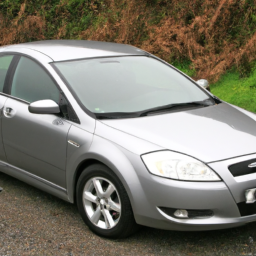 and any other required materials.
and any other required materials.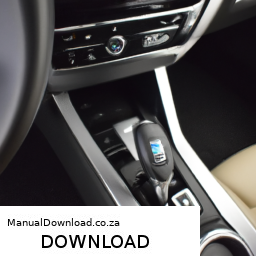
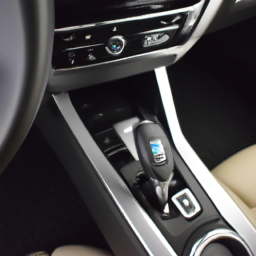 and lower the vehicle.
and lower the vehicle.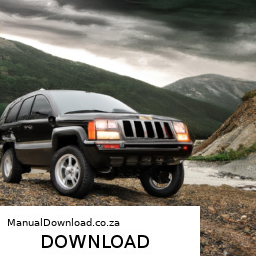
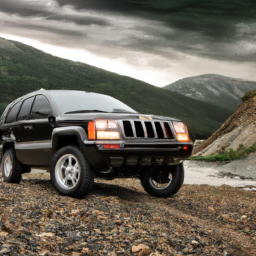 and hand-tighten the lug nuts.
and hand-tighten the lug nuts.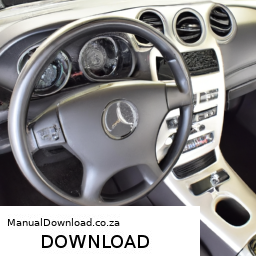
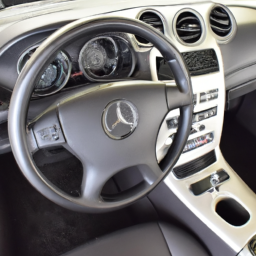 and test the shifter again. Make sure you can shift smoothly from “Park” to “Drive” or “Reverse” when the brake pedal is pressed.
and test the shifter again. Make sure you can shift smoothly from “Park” to “Drive” or “Reverse” when the brake pedal is pressed.